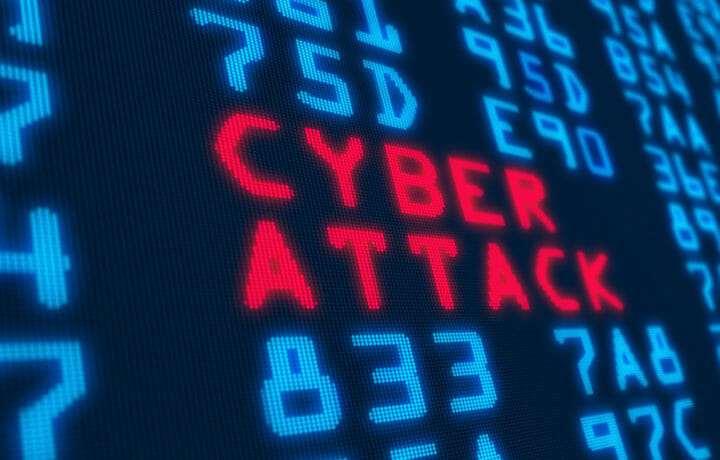Cyber attacks are on the rise. Recently, FBI Director Christopher Wray said during his testimony at The Chinese Community Party Cyber Threat to the American Homeland and National Security hearing with the House Select Committee on the Chinese Communist Party that “today, and literally every day, Chinese hackers are actively attacking our economic security, engaging in wholesale theft of our innovation, and our personal and corporate data.”
He also said that Chinese hackers are preparing to “wreak havoc and cause real-world harm to American citizens and communities.” And China is not the only nation-state formulating these attacks – Russia is a concern too.
5 Tips to Reduce Your Risk of a Cyber Attack
So now is the time to raise cyber awareness within the Defense Industrial Base (DIB) as cyber attacks on supply chains is one type of attack on the increase. To that end, these five tips are essential components of a comprehensive cybersecurity strategy and can significantly contribute to keeping companies safe from cyber threats.
1. Know the Present Threat
The threat landscape is continuously evolving as the threat actors become increasingly more sophisticated. The first step in fortifying cyber defenses is to understand the current threat landscape. By knowing this information, companies can better prepare against threats, vulnerabilities and attack techniques currently being used. Because cyber-attack techniques are constantly evolving, what worked yesterday may not work today.
2. Train Your Workforce
Human error is a common factor in many cyber incidents. By developing a comprehensive cybersecurity training program for employees, it raises their awareness and keeps them up to date with the latest threats. Having an increased awareness enables them to better identify and thwart the threats a malware or ransom attack …. or worse.
3. Protect Every Device
The rise of remote work introduced a whole new threat – unsecured personal devices on a company network. Implementing an advanced endpoint protection program to secure personal devices including computers, laptops, smartphones – basically any personal device that has access to a company network, protects against cyber threats including phishing, malware or ransomware.
4. Secure the Cloud
Another new form of technology also created a new threat – cloud computing. Securing data, controlling access, and using encryption on cloud applications that are managed by a third party are paramount in creating a solid defense against cyber threats. Businesses that use cloud computing services outside of their company cannot rely on the host company to securely protect their data. They must have their own protection protocol stored data in the cloud and cloud applications that run on their network.
5. Monitor Continuously and Respond Quickly
Because threat actors do not keep 9 to 5 office hours, continuous monitoring of network activities and systems is essential for detecting and responding quickly to potential security incidents. Implementing intrusion detection systems, security information and event management (SIEM) tools, and other monitoring solutions helps identify abnormal behavior or signs of a cyber-intrusion or attack. A rapid and effective response strategy can help mitigate the impact of a security incident and prevent further damage.


